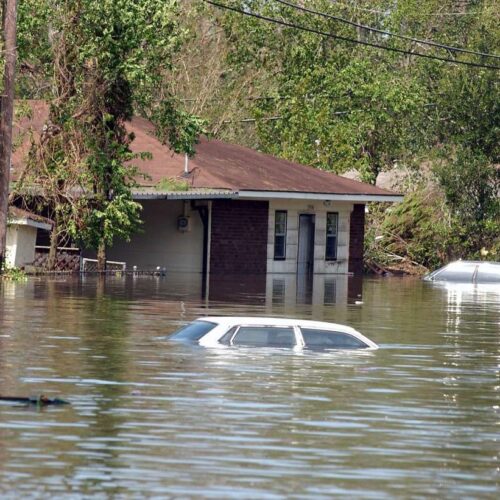Introduction
Hurricanes Katrina and Rita in 2005 revealed major weaknesses in the information technology systems at the Federal Emergency Management Agency. But six years later, agency efforts to modernize and update the systems still fall short.
The inspector general at the Department of Homeland Security found that the systems are not integrated, do not meet user requirements and do not provide the capabilities necessary for FEMA to carry out disaster response operations quickly and efficiently.
Currently, FEMA relies on a number of different systems to secure goods and services, a critical role in emergency response operations. Managing supplies, tracking disaster assistance recipients, communicating with headquarters, and requesting ice, water and ready-to-eat meals are done by separate systems. “Effective management of these systems is important to ensure that the technology can support disasters,” the inspector general said.
Previous reviews by the DHS inspector general and the Government Accountability Office revealed FEMA’s ongoing struggle to build an IT system that is capable of supporting its logistical operations. In 2008, FEMA awarded a $1 billion contract to better integrate its information systems. Some modernization efforts are under way at the agency, but FEMA still lacks defined goals for updating its IT infrastructure.
FEMA has not performed the necessary planning activities to guide its IT modernization, like creating a comprehensive strategic plan with defined goals, objectives, and measures. It has not identified technology and programs needed to support agency operations, which would help it prioritize and align efforts.
“Without these elements in place, IT investment decisions are made without clear rationale or prioritization, which may lead to IT systems that do not meet the agency’s long-term needs,” the inspector general said.
As a result, systems are created haphazardly, producing stand-alone systems that cannot share data agency-wide. For example, one FEMA directorate spent approximately $7.5 million on a system which did not meet security and technical requirements.
FAST FACT: During 2010, FEMA spent $391 million on information technology needs.


Join the conversation
Show Comments